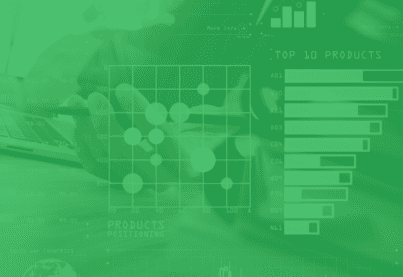With digital records of one’s savings & risk responses, software could be trained to recommend relevant insurance schemes, schedule auto-renewals, simplify claims and do much more.
THE FUTURE AS WE
SEE IT
The demand for “insurance” is directly proportional to a country’s working population. More people and assets (life, health, home, car, bike etc), more is the need for insurance, to insulate individuals, families from risks of adversities. Today the process of purchasing an insurance, renewing it every year and claiming it is quite laborious and requires extensive paperwork & vetting. Also handling fraudulent claims, has been a hassle, often due to lack of sufficient information around an incident.
In a digital – first world, where personal finance, banking and investments are heading towards online accounts and transactions, today’s insurance customers expect convenience and ease of dealing with an insurance – from purchase to renewals to claims. Hence insurance companies are moving fast on embracing digital, by adopting cloud based applications and automation of some of the processes. Globally, insurance companies are modernizing the insurance application process to improve customer satisfaction. We think there’s going to be lot more emphasis on how mobile internet can enable customers to easily manage their insurances, savings certificates and paper documents, switch between investments and easily claim from the convenience of their phone.
80% of the insurance companies are ready to adopt to digital platforms to strengthen customers relationship.
90% of reduction in insurance process time due to adapting to digital and cloud technology according to Harvard survey
21% of insurance buyers feel that drone technology should be used for insurance process in next ten years.
35% of reduction in insurance cost due to digital technology for insurance process according to Harvard survey.
25% auto insurance premium could decline in the US by 2035 due to proliferation of safety system and semi & fully autonomous vehicles as per McKinsey estimation.
Artificial Intelligence
Artificial Intelligence (AI) for the insurance industry presents great potential in intelligently recommending customers, what risks to avoid or mitigate, and what investment opportunities could yield good returns on the investment in insurance, along with providing a risk cover. With “machine learning” capabilities, software systems can continuously learn from the user’s data – lifestyle, risks and risk responses, and present relevant opportunities and enable taking actions to be more convenient.
With AI systems and robo-advisors, insurance agents can be more impactful and relevant in customer meetings and calls, they could also take help of technology to be more efficient and flawless processing claims.
Example:Lemonade launched in 2016, with a “Chatbot” based user interface has transformed the way how customers find, purchase, renew and cancel insurance policies. Customers login to the app, answer a few questions and see recommended policies for them. Customer can proceed to purchase through the app and electronically sign documents.
Big Data Analysis and IoT
Insurance sector is a data hungry industry that relies on continuous real time data about an asset and the customer, to be able to assess optimal premium amount & claim eligibility, creating a personalized policy based on the customer’s behavior and the asset health. For example, a risky driver pays more premium than a conservative one. For cars that are covered under an insurance policy, the insurance provider could have sensors attached to the car, to have real time data streamed, that indicates the usage and health of the asset. Similarly wearables could be streaming health data for life & health insurance. IoT (Internet of Things) based solutions can help insurance companies gather and study large amounts of real time data, to make assessments on the claim eligibility.
Example:Wearables, biometric sensors and smart watches could monitor and stream heart rate, blood pressure, glucose levels and other health parameters to the insurance company, so customers can be suggested ways to mitigate health risks, and can be incentivised to adopt a healthier lifestyle. This can be intrusive, and needs to comply with data privacy laws and regulations of the state.
Predictive Analytics with Machine Learning
“Machine learning” can enable insurance companies to process complex data and turn it into “relevant data” to perform appropriate actions and suggest useful insights to the customer. Machine learning, can go a step beyond analysing the past, to predicting the future – tell what risks are likely to arise and what preventive measures can be taken by the customer.
Example:Telematics car insurance policies – mandate a box (fitting of sensors) that continuously monitors customers driving habits, and enables the insurance provider to dynamically calculate optimal premium amount / claim amount, suggest risk response strategies (avoid, mitigate, transfer, accept etc), incentives for proactively taking measures, to limit accidents.

